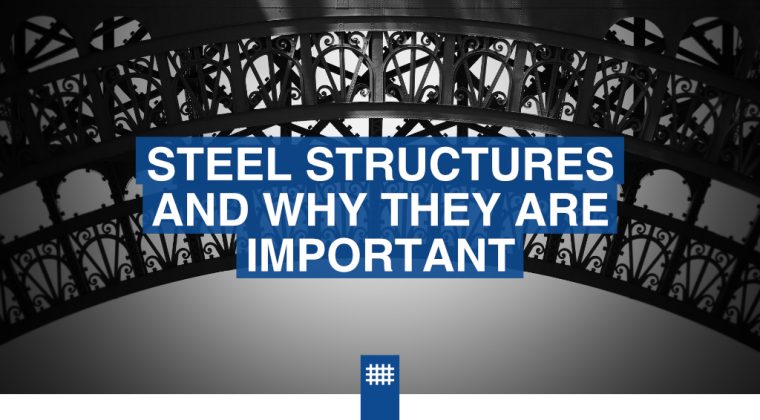Steel construction is a popular method of building structures using steel as the primary material. It offers several advantages over traditional construction methods, including durability, strength, and flexibility. Steel buildings are commonly used for various purposes, such as commercial buildings, industrial facilities, residential homes, and even infrastructure projects like bridges.
Most constructions in modern cities are intertwined with steel. Regardless of whether or not the steel is part of the aesthetic. There are fewer and fewer buildings that do not use steel in some way because of its properties and availability. So, what makes steel so desirable for construction?
Here are some critical points about steel construction buildings:
Structural Strength: Steel is known for its high strength-to-weight ratio, making it an excellent choice for constructing buildings. It can withstand heavy loads and is resistant to various environmental factors, including earthquakes, hurricanes, and fire.
Durability: Steel is a durable material that is resistant to corrosion, rust, and decay. This makes steel buildings low-maintenance and ensures their longevity.
Design Flexibility: Steel construction allows for greater design flexibility, as it can be easily shaped, moulded, and fabricated into various sizes and shapes. This versatility enables architects and engineers to create unique and innovative building designs.
Speed of Construction: Steel buildings can be erected quickly compared to traditional construction methods. Since steel components are prefabricated off-site, the construction process is more streamlined, reducing the overall construction time.
Cost-Effective: While the initial cost of steel construction may be higher than other materials, it offers long-term cost savings due to its durability, low maintenance requirements, and energy efficiency. Additionally, the speed of construction can lead to reduced labour costs.
Sustainability: Steel is a highly sustainable material. It is recyclable and can be reused or repurposed at the end of a building’s life cycle. Steel construction also promotes energy efficiency when combined with insulation systems, reducing energy consumption.
Expansion and Adaptability: Steel buildings can easily accommodate future expansions or modifications. The structural framework allows for easy integration of additional floors, extensions, or alterations to meet changing needs.
Fire Resistance: Steel is inherently fire-resistant, which can enhance the safety of occupants in a building. Steel structures typically have fire protection measures in place, such as fire-resistant coatings or fireproof insulation, to further enhance their fire resistance.
Clear Span Options: Steel construction allows for large clear span spaces without the need for intermediate support columns or walls. This open space flexibility is particularly beneficial for industrial or commercial buildings that require vast uninterrupted areas.
Recyclability: Steel is one of the most recycled materials globally, contributing to sustainability efforts. At the end of a building’s life, the steel components can be recycled and used in the production of new steel, reducing waste and conserving resources.
It’s important to note that while steel construction offers numerous advantages, it also has some limitations. For instance, steel structures may be susceptible to corrosion if not properly protected, and they can be sensitive to temperature changes, which may require insulation to prevent condensation.
Overall, the best approach to any construction project is to weigh out the advantages and disadvantages of the materials you are looking to use. Factors such as budget, availability and weather play a large role in deciding what material is best for your project. For large buildings like high-rise apartment buildings have been most successful with the introduction of steel to create the much-needed tensile strength in tall structures. So, again do as much research as possible before deciding on one method.

